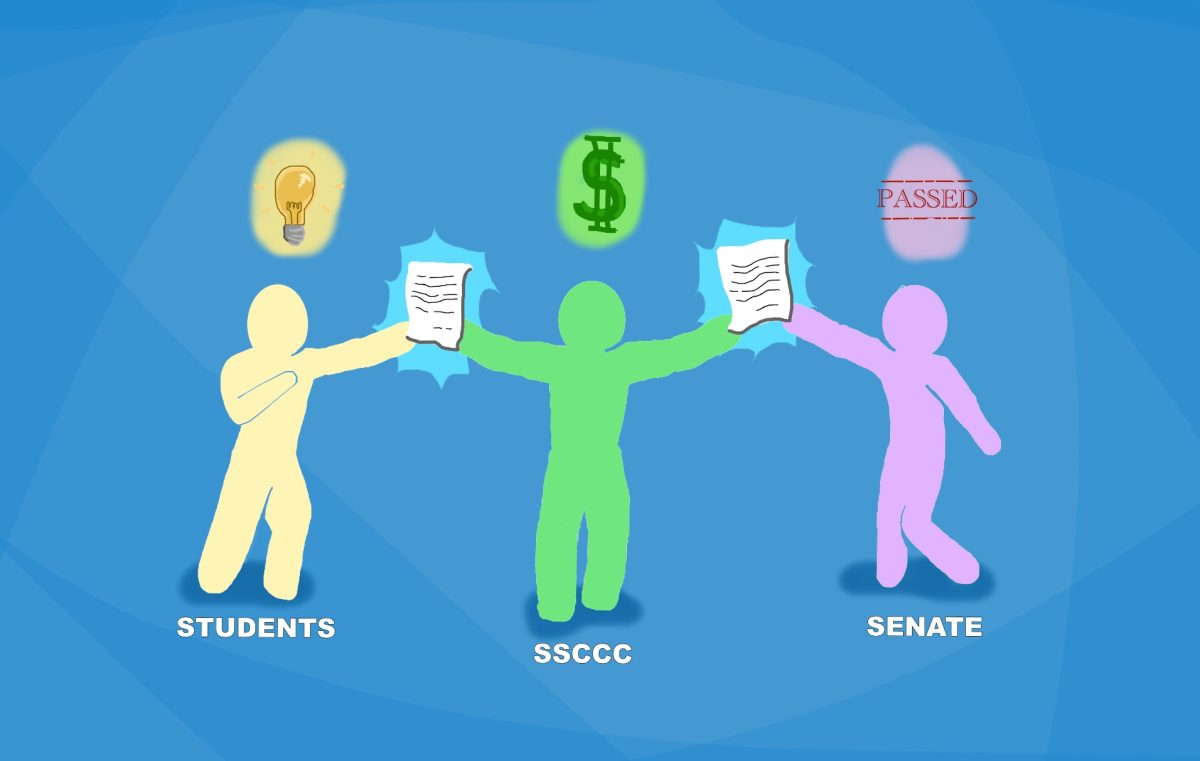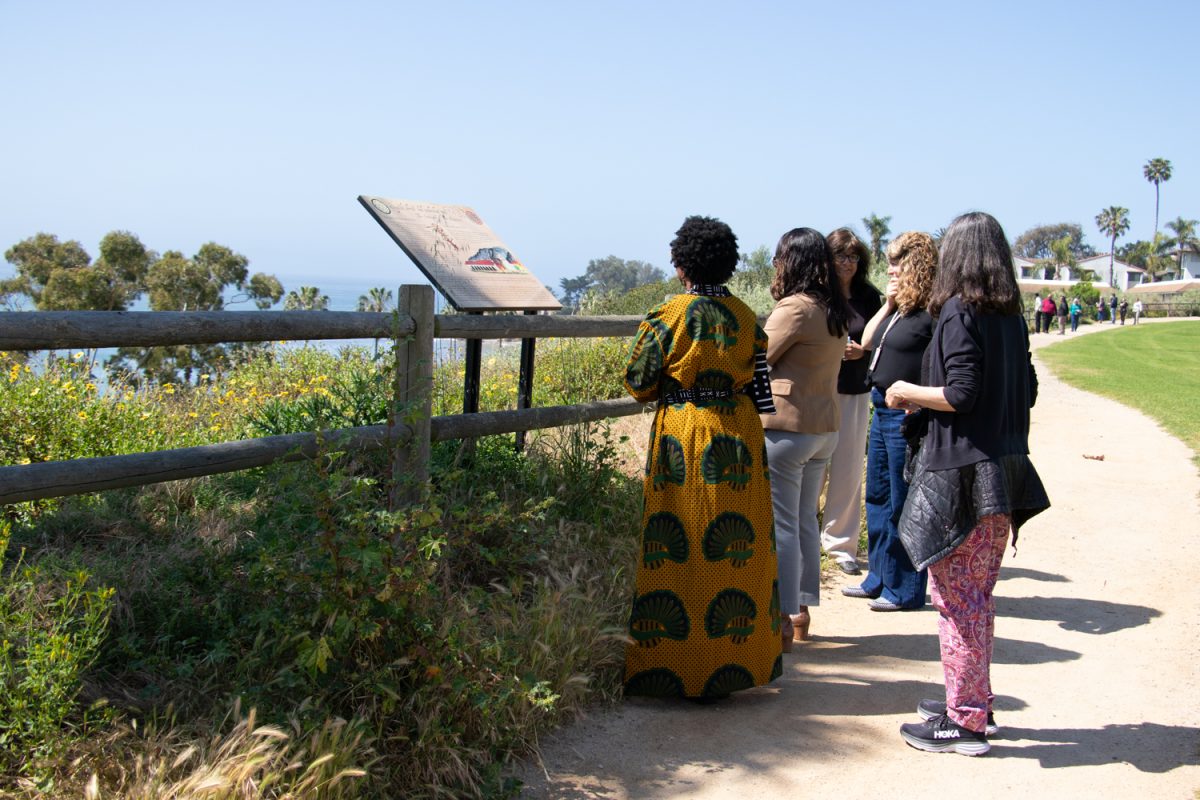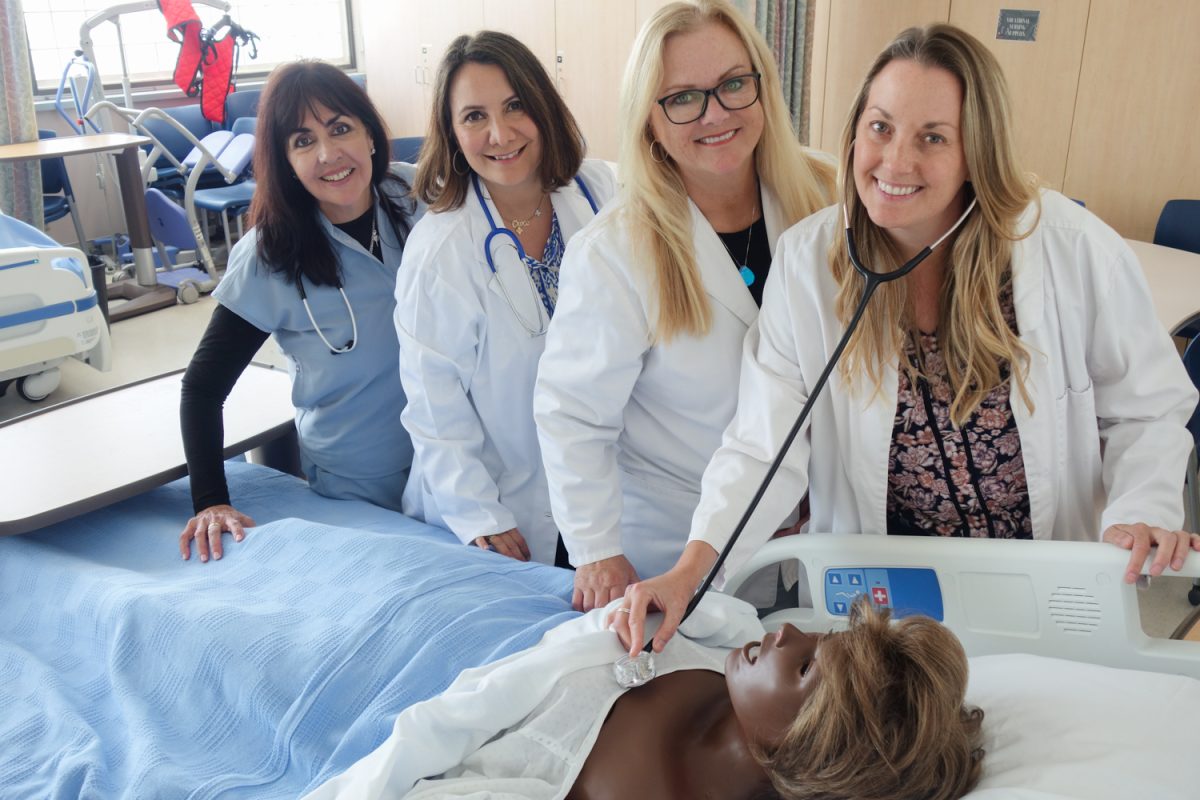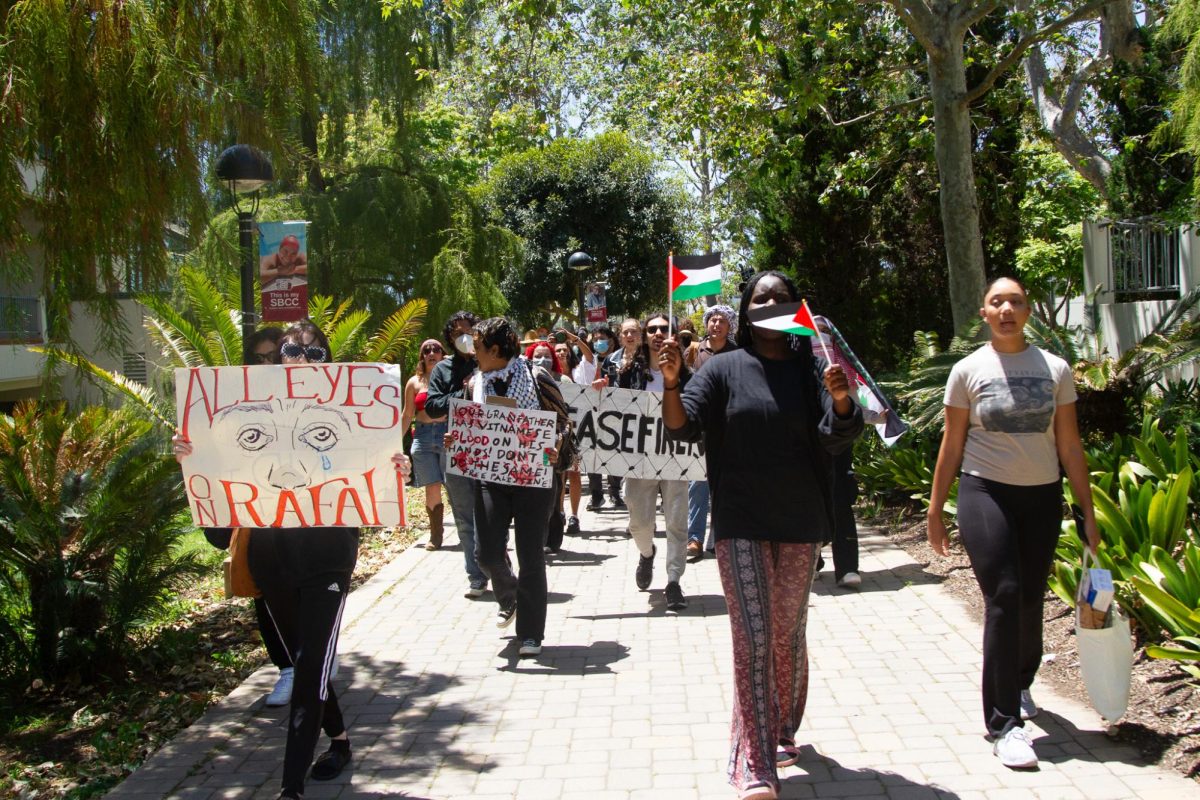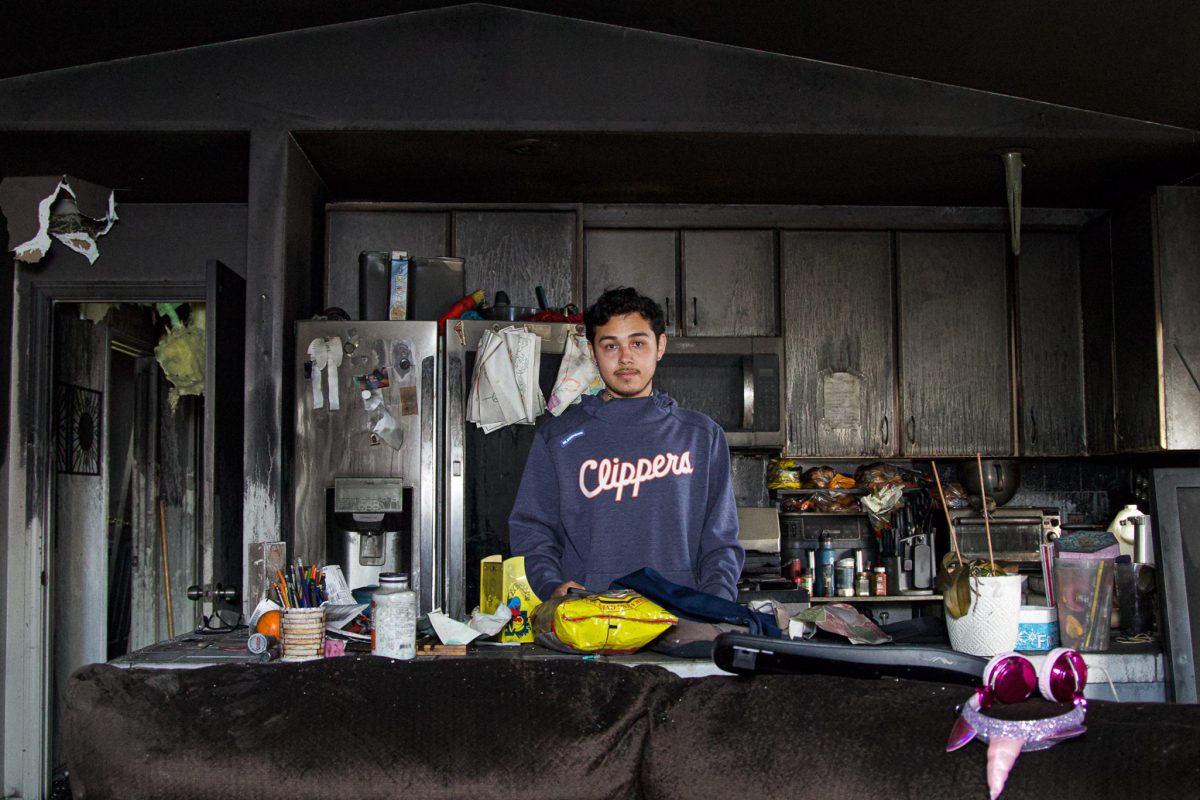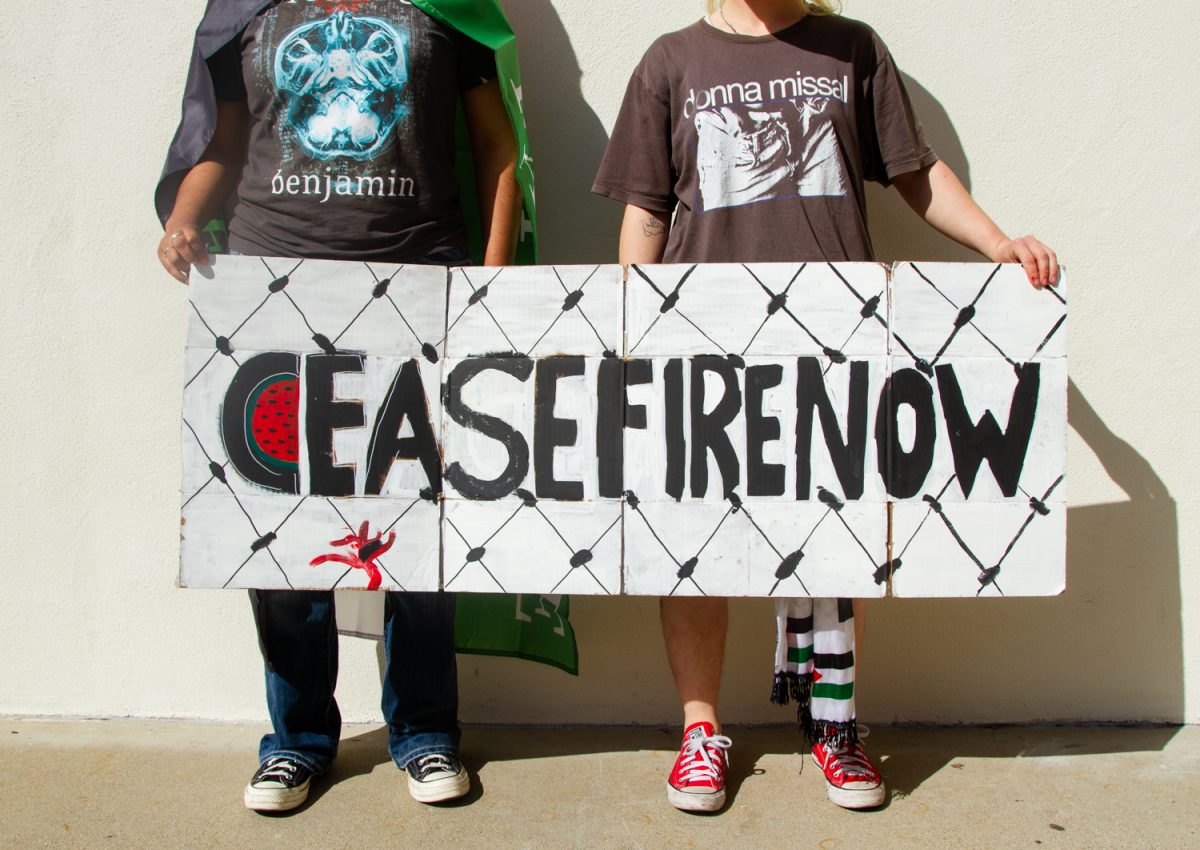The adjusted budget report presented to the College Planning Council on March 16 estimates that the budget deficit at City College will shrink to $1.46 million from $4.9 million due to pandemic-related factors—but the drop won’t be permanent.
“Almost all of these adjustments are one time and specific to this COVID environment,” said Lyndsay Maas, vice president of Business Services. “It doesn’t solve our structural deficit issues.”
Many of those expenses are in student travel, athletics and duplicating among others.
“A lot of expenses are not being incurred this year because we’re remote,” she said.
Superintendent-President Utpal Goswami said he would discuss possible changes to the timeline for fixing the structural deficit at the next Board of Trustees meeting on March 25.
“I hope people aren’t walking away from this meeting incredibly rosy about the future budget situation,” council member Ruth Morales said. “We still need to be very careful.”
Maas also presented on the Higher Education Emergency Relief Fund II funding requests. The college has $11.8 million to spend on mitigating the effects of COVID-19.
Of the 153 requests for funding received from the campus community, 114 meet the requirements and will be considered.
The requests are divided into 19 categories including direct financial aid for credit and non-credit students, infrastructure adjustments, alleviating student debt, recovery of lost revenue, low enrolled classes, hiring additional personnel, mental health support, COVID-19 testing, faculty stipends, vaccinations and training.
Many of the requests have to do with making the accommodations necessary to safely return to in-person instruction—purchasing health guards, PPE, additional student materials, etc.
The total amount of funding requested adds up to about $17.5 million, exceeding the amount available to distribute.
All members of the council will rank their top 10 categories to inform what areas should be prioritized.
“What we don’t want to do is to do something permanent and then we are adding to our ultimate budget for years to come,” Goswami said.
His plan is to make adjustments within the lowest ranked categories to reach the $11.8 million available. Some of the requests may be put on hold until the college receives more COVID-19 relief funding in the future.
“We have an obligation to spend this money carefully,” Goswami said.



